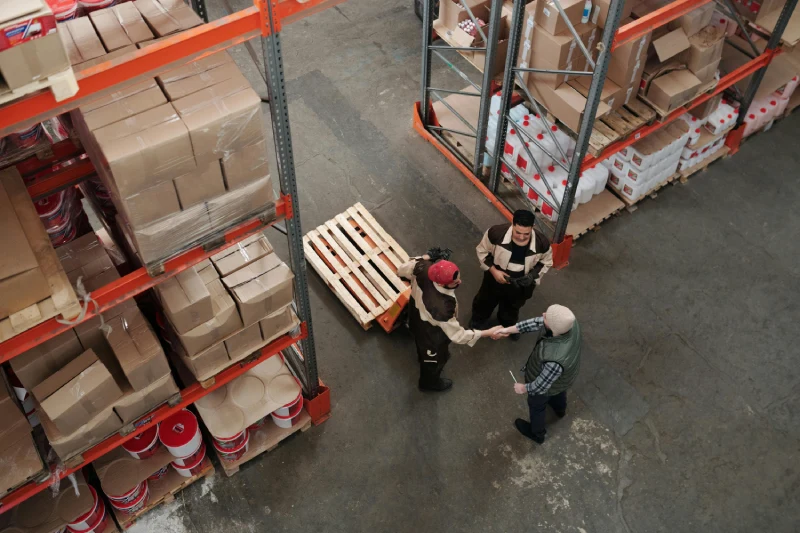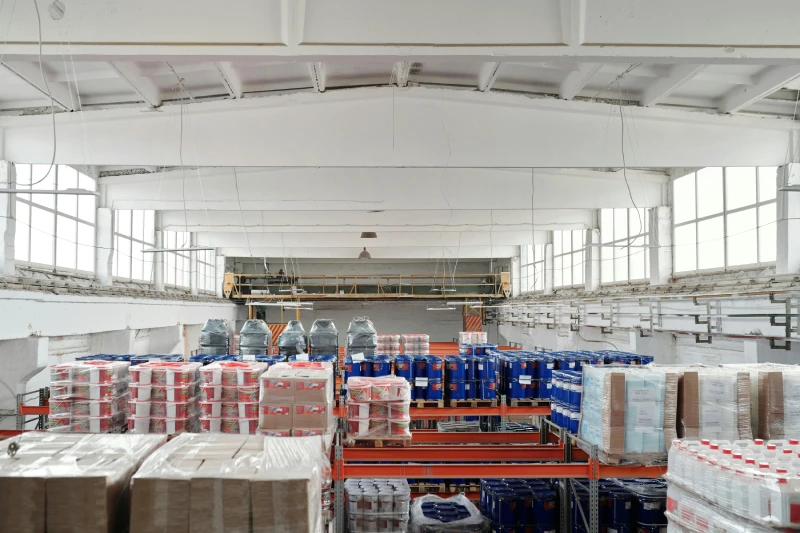
Home → Determining the origin of goods
The first thing you need to do is figure out what good is being traded. The World Customs Organization has a comprehensive list that classifies every product based on tariff headings. Each product has its own code, which falls into different categories.
After the good is classified, we need to find its “economic nationality” instead of just the country it originate from. This means figuring out how much value the product has and where most of work in making it was done (as described below under “sufficient value-added”).
For example, if a product only uses materials from one state and all processes were done there too, then we would say it’s “wholly obtained” in that country. That would apply to things like agricultural produce and natural resources.
When a car has multiple components from different countries, it can be difficult to tell where it was made. This final product is determined by the location of the “last substantial transformation” for preferential origin. For substantial transformation to occur, there must be a change in: form, nature or function; not simply an assembly processof parts and materials.
When processing meets certain criteria, it might also prove something about origin – readers should keep this in mind as they read through definitions of terms.
A change of tariff classification occurs when the work done within a country results in a new code. For example, if you’re assembling car parts into a finished car and ship it to another country, then that’s considered as changing the classification.
The threshold for value-added: The state where the product originates must contribute a minimum percentage of the value to the final good. You can calculate this by determining what percentage each component adds to the ex-works price of the final good (this is calculated by taking into account all inputs to generating the good except for transportation and insurance costs). More often than not, around 50% or more of total value has to be added in order to claim product origin.
If certain steps are followed during processing, the final product can qualify. For instance, a piece of clothing has to be made from yarn according to one rule.
The rules for each product can be complicated and different, especially when FTAs are involved. However, there is a global agreement on origin determination principles for the majority of goods.

Generally, in order to obtain preferences on origin, 50% or more of the value must be added. However, after Brexit occurs and what was once considered European value-added will have to split into values attributed to both the UK and EU separately, it may become difficult inner export these good without incurring taxes.
To avoid this problem, other countries allow for the “cumulation” of value added. This allows for the value of components contributed by different countries to be combined in order to meet the threshold when a product is re-exported. Trade expert Sam Lowe has explained different types of cumulation, but its main purpose is simply maintaining existing supply chains. For example, if the UK wants to count EU components towards UK content so that it could reach the required threshold to re-export back into the EU. The UK has the option of joining the Regional Convention on pan-Euro-Mediterranean preferential rules of origin (PEM Convention). According to the EU’s mandate, this would be their preferred solution.
The PEM Convention isn’t perfect as the costs of proving origins would still apply, but Lowe has noted that all 23 signatories to the convention have agreed to replace their FTA’s protocols and rules of origin with those in the PEM Convention. This way, there is a more streamlined process across the zone. The PEM Convention also allows for accumulation between all signatories to the agreement (known as diagonal cumulation in trade terms).
The UK’s government is proposing that content requirements should be based on what has been agreed between the EU and Japan, which may require less from manufacturers. However, this would mean that EU exporters who send goods to the UK would have to comply with another set of rules instead of just one set for all of Europe.
